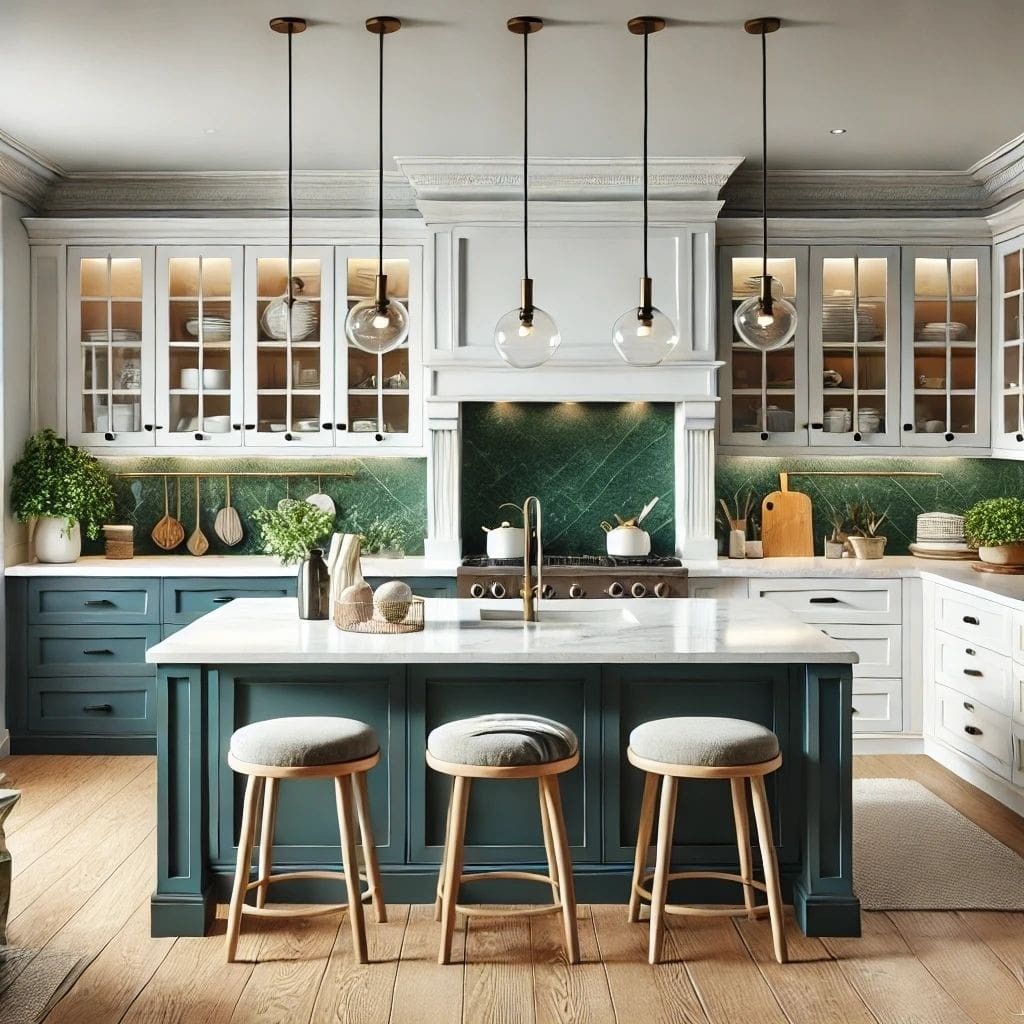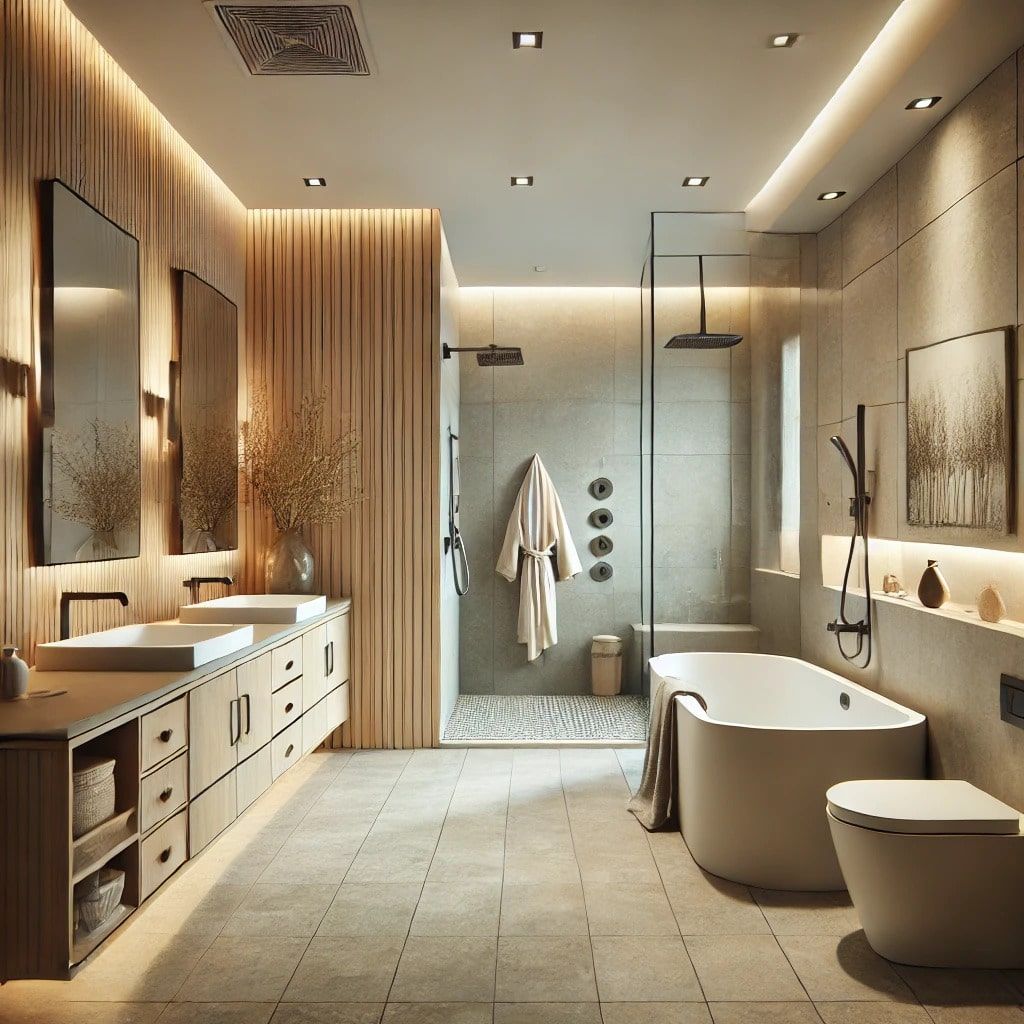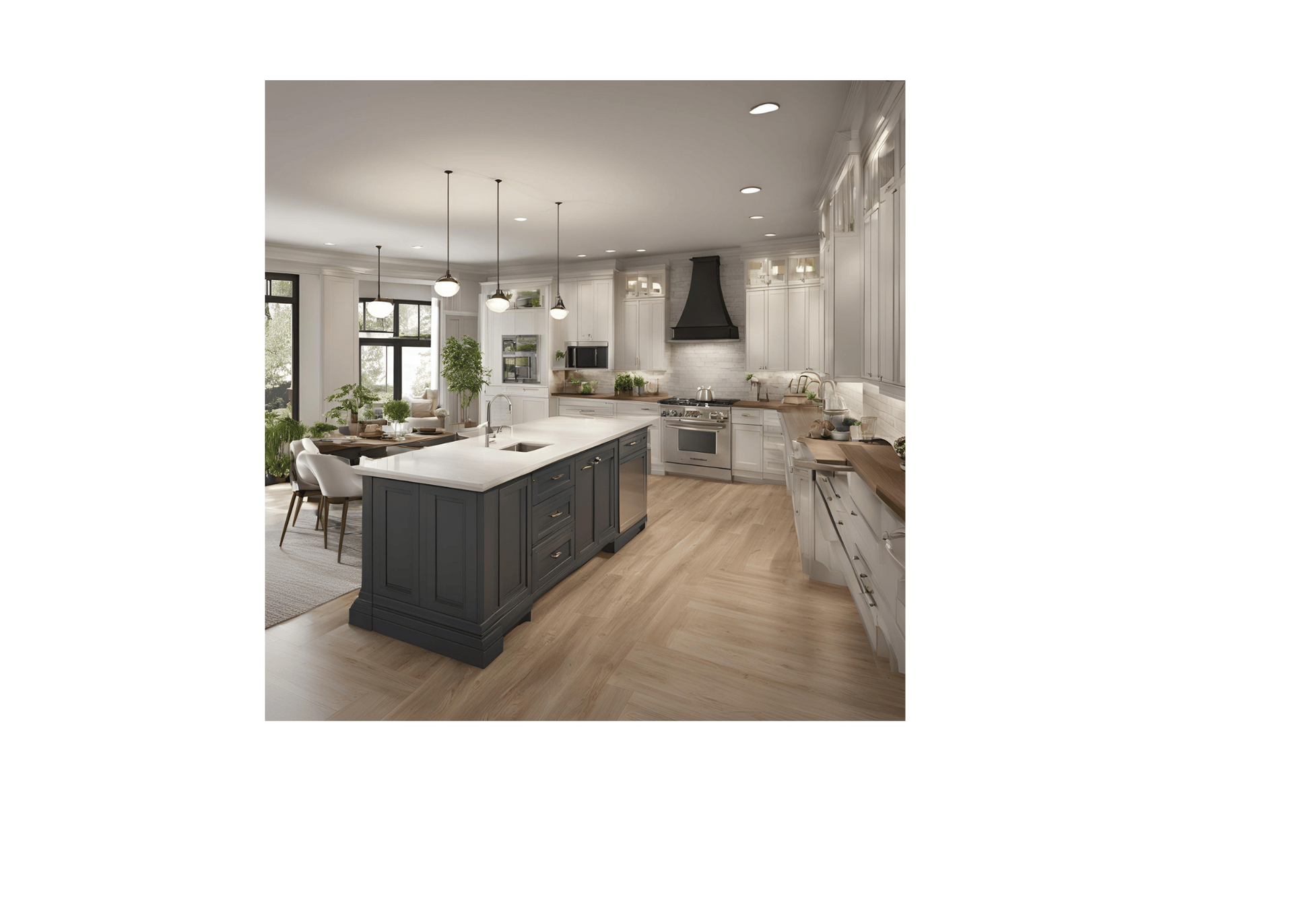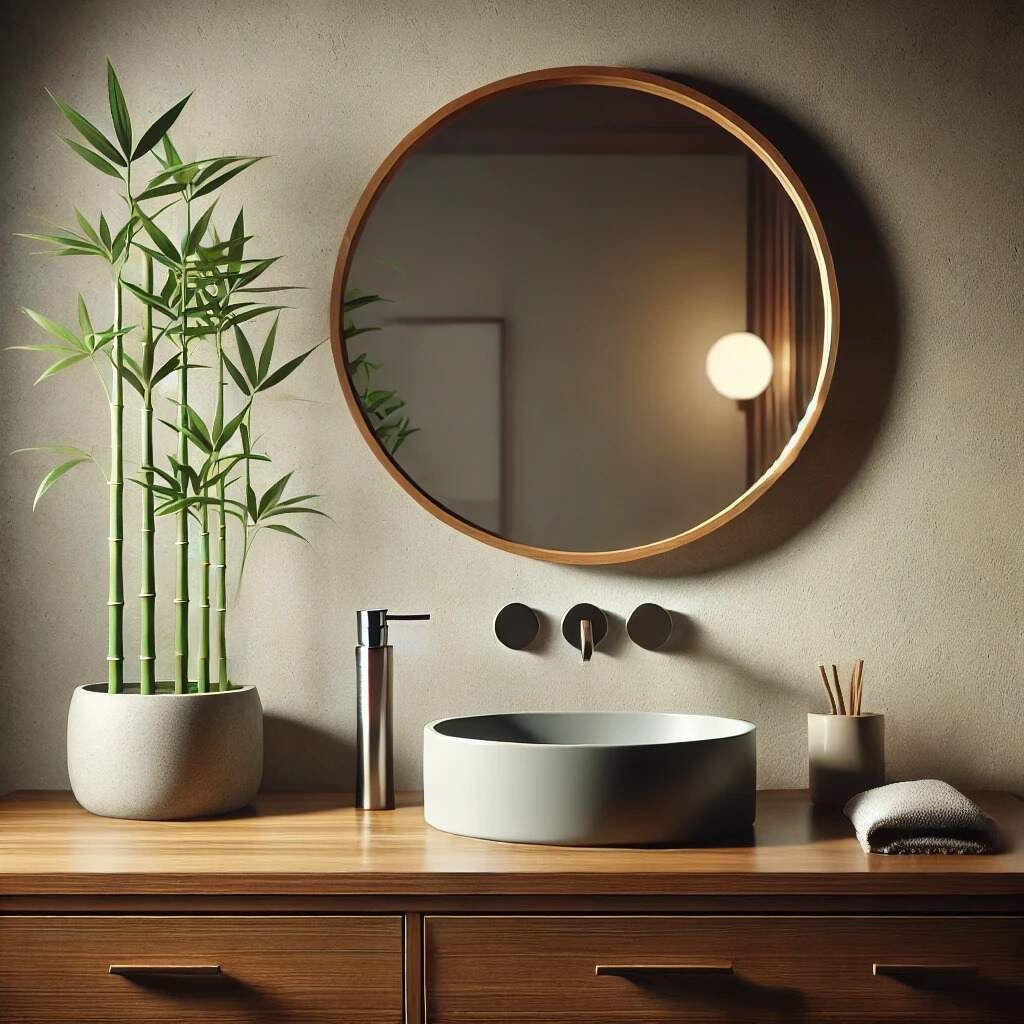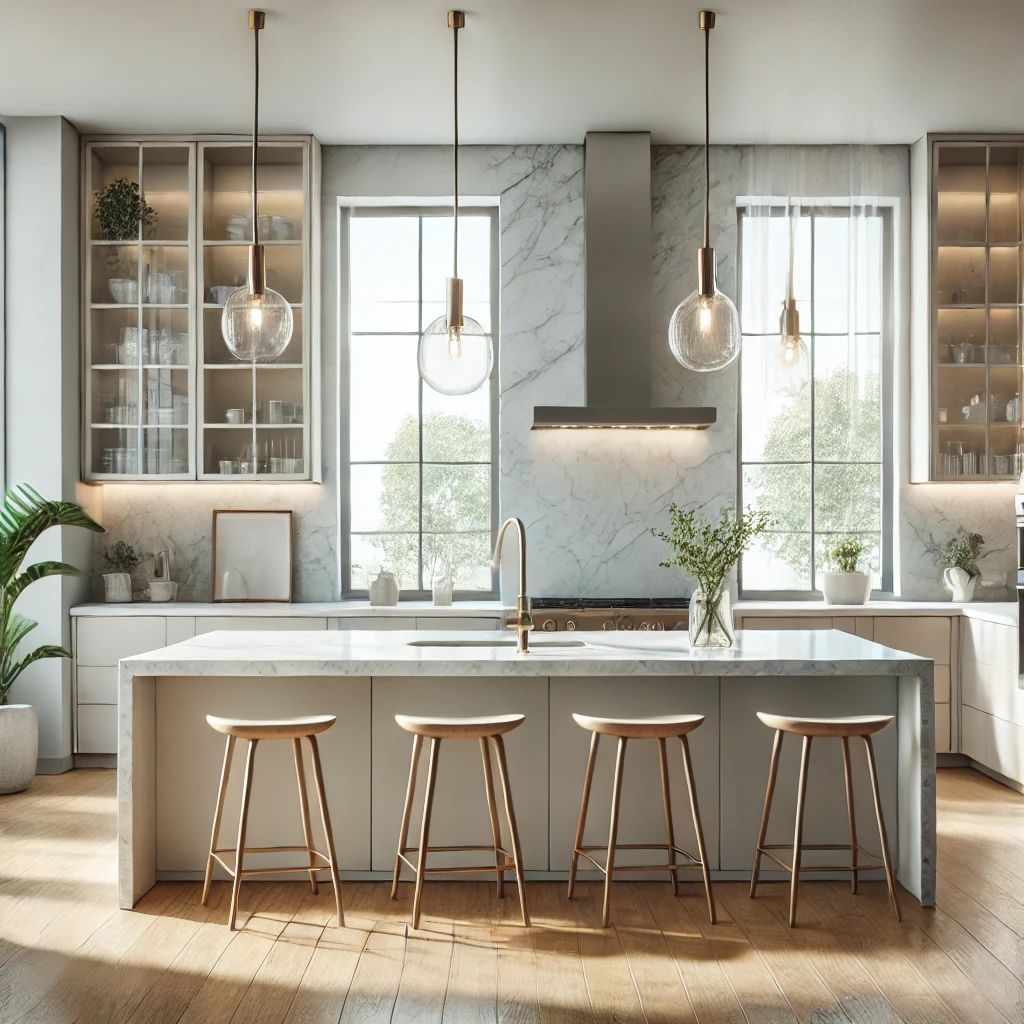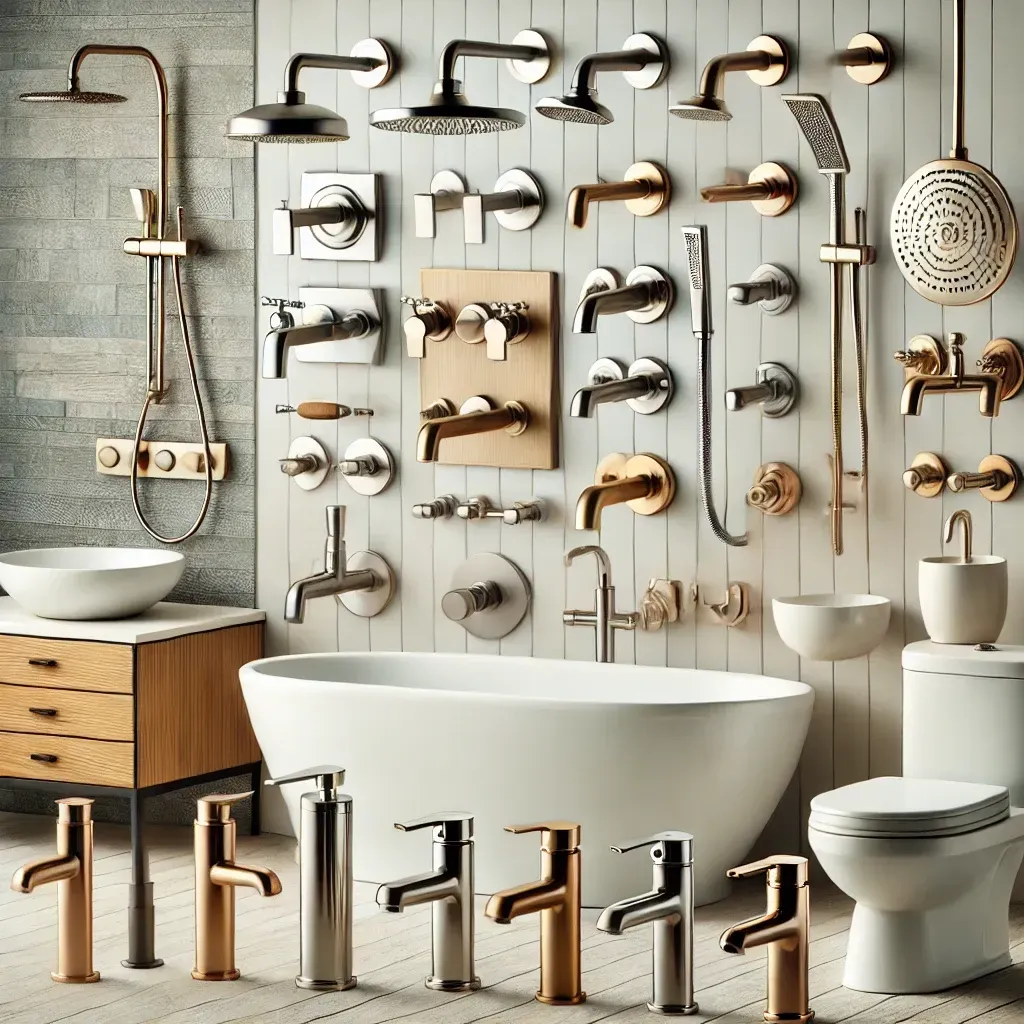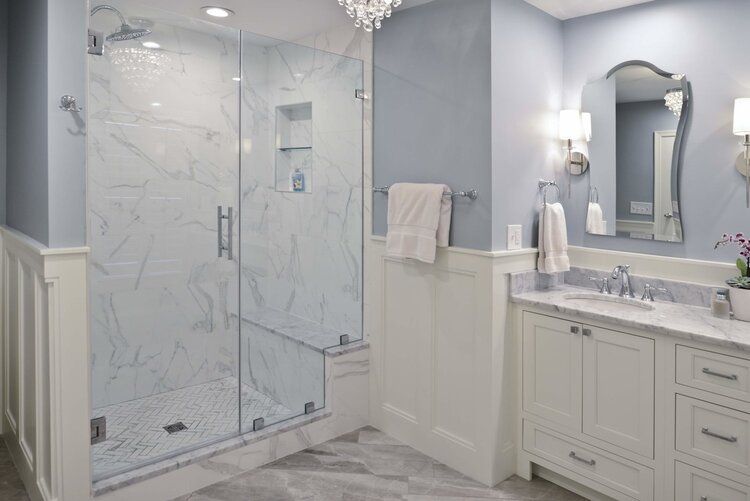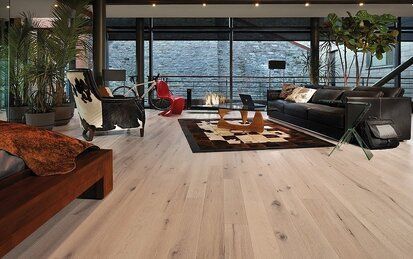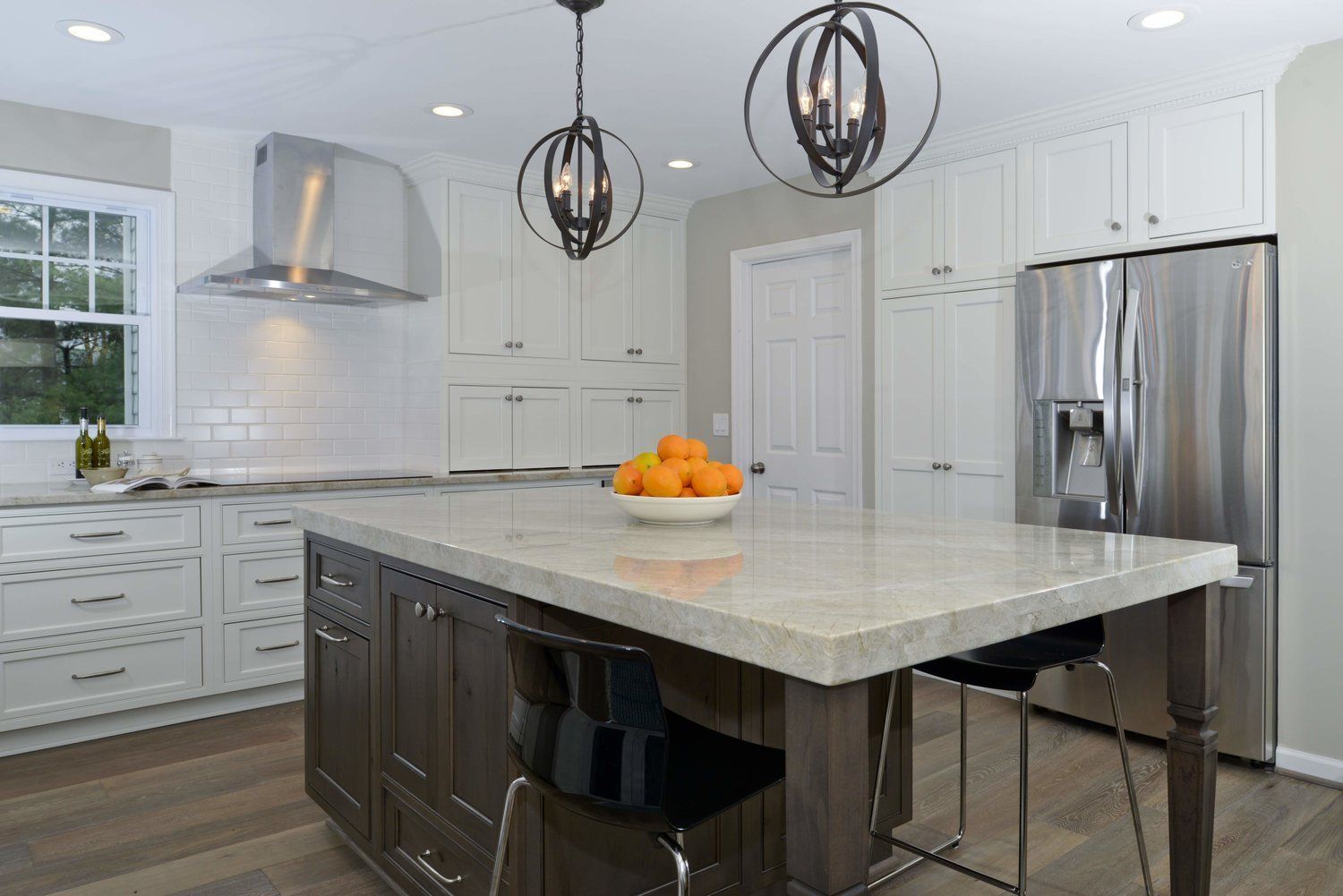
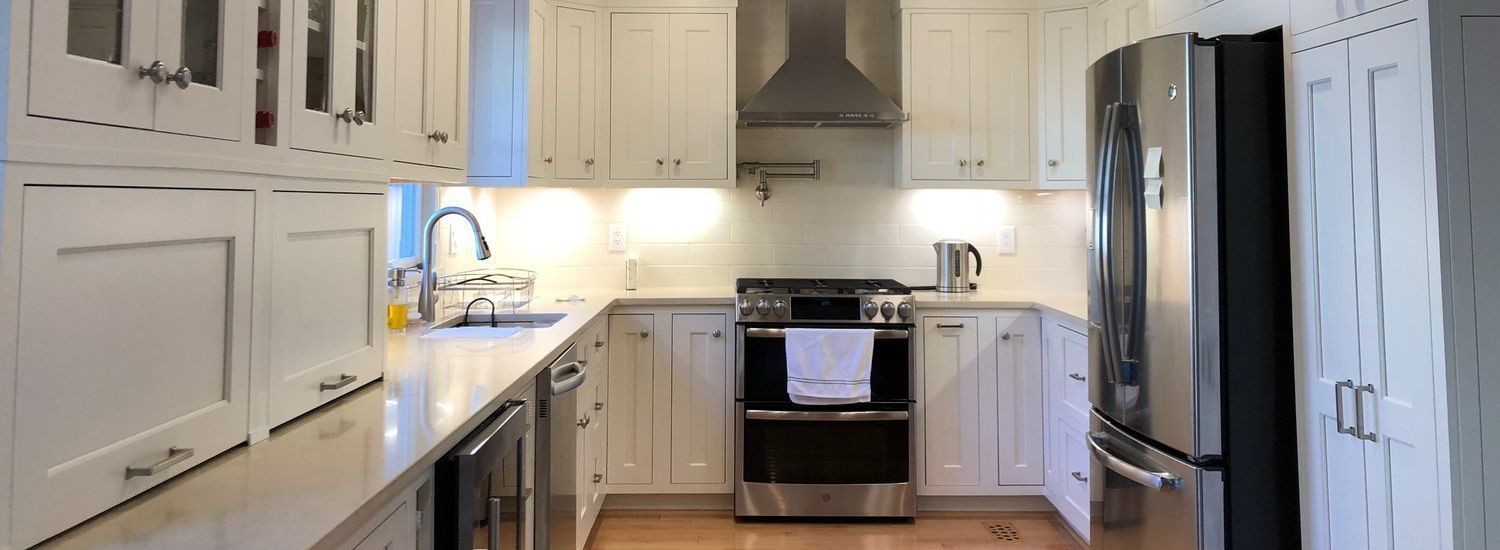
Designing Profitable Kitchens for Rental Properties: A Comprehensive Guide
When it comes to owning rental properties, maximizing profitability is the name of the game. One of the key areas where landlords can make a significant impact is the kitchen design. A well-designed kitchen not only enhances the overall appeal of your rental property but can also command higher rental rates. In this comprehensive guide, we will walk you through the art of designing kitchens for rental properties that not only attract tenants but also increase your revenue. From smart space utilization to budget-friendly upgrades, we have got you covered.
Transform your kitchen into a space that's
both functional and beautiful.
Let us help you create the kitchen of your dreams!
Understanding Tenant Preferences for Rental Kitchens
As a savvy landlord, it is essential to align your kitchen design with tenant preferences. Today's renters are looking for modern, functional, and aesthetically pleasing kitchens. This means focusing on clean lines, durable materials, and ample storage. Think about neutral color palettes that can appeal to a wide range of tenants. For instance, neutral shades like soft gray, beige, or even light pastels can create a welcoming atmosphere.
Space-Savvy Layouts: Making Every Inch Count
In rental properties, space utilization is a crucial factor. Optimize the layout to make the kitchen feel spacious and functional, regardless of its size. A popular choice is the galley kitchen layout, which maximizes efficiency by placing appliances and workstations along two parallel walls. This design minimizes unnecessary steps, making cooking a breeze.
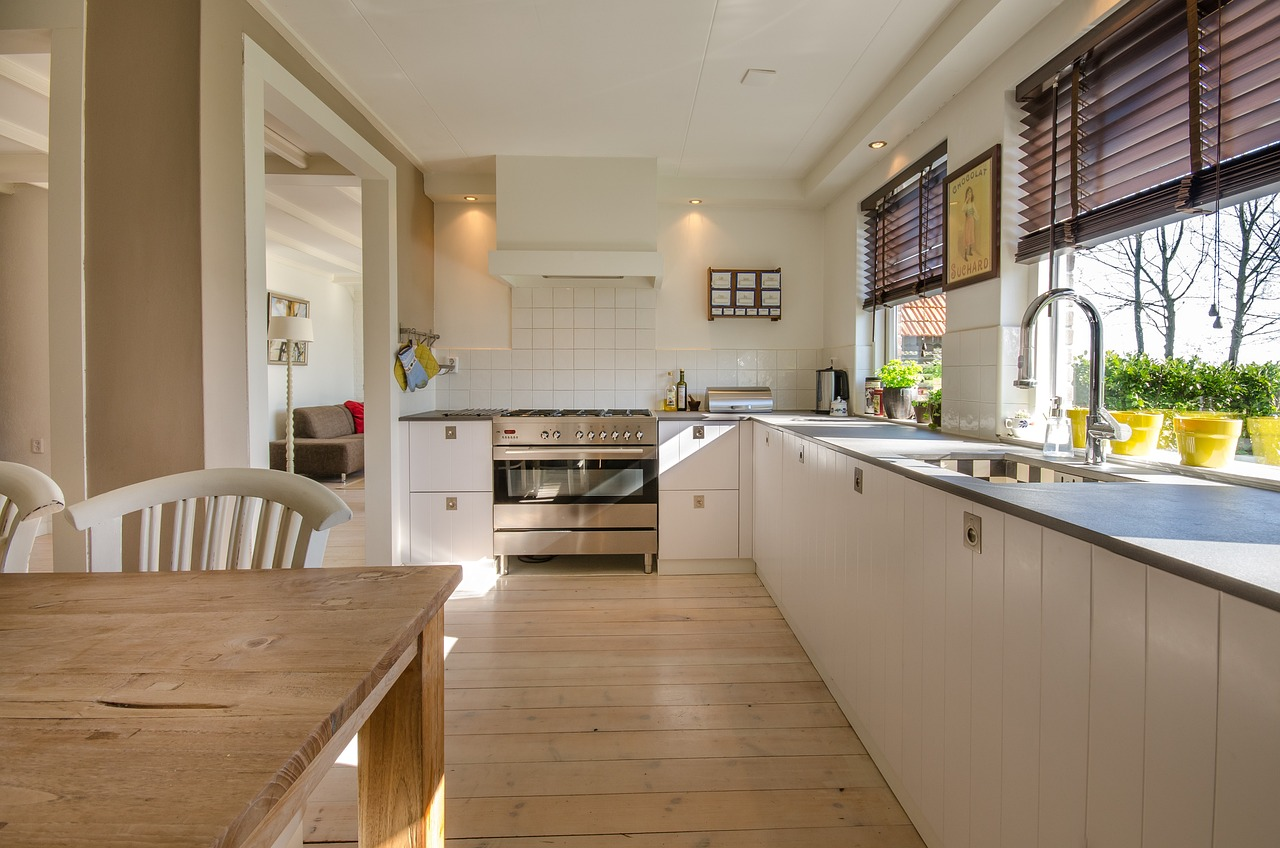
Need inspiration for your kitchen remodel?
Check out our gallery of stunning
kitchen transformations.
Your dream kitchen awaits!
Budget-Friendly Upgrades with High Impact
Enhancing your rental kitchen does not have to break the bank. Focus on budget-friendly upgrades that deliver a high impact. Swapping out old lighting fixtures for modern pendant lights can instantly elevate the kitchen's ambiance. Similarly, replacing outdated faucets and cabinet hardware can make the space feel more up-to-date without a major renovation.
Appliances: Finding the Sweet Spot
Investing in quality appliances is essential, but striking the right balance between cost and functionality is key. Opt for energy-efficient appliances that offer modern features without being overly extravagant. Stainless steel appliances continue to be popular due to their durability and timeless appeal.

In conclusion, designing a kitchen for rental properties with profitability in mind requires a thoughtful balance of tenant preferences, space optimization, cost-effective upgrades, and quality appliances. By focusing on these elements, you can create a kitchen that not only attracts tenants but also maximizes your rental income. Remember, a well-designed kitchen is not just an expense, it is an investment that pays dividends in the form of higher occupancy rates and increased rental value.
Transform Your Space
Unleash Kitchen Storage Potential
FAQs About Kitchen Storage
Q: How much should I budget for a kitchen renovation in my rental property?
A: The budget for a rental property kitchen renovation can vary widely based on the extent of the changes you plan to make. A minor refresh, like painting cabinets and upgrading hardware, could cost around $1,000 to $3,000. A more extensive renovation, including new appliances and countertops, could range from $5,000 to $15,000 or more.
Q: What is the secret to maintaining an organized pantry?
A: Categorize your pantry items and invest in clear storage containers. Label each container to make it easy to locate staples like flour, sugar, pasta, and more.
Q: Are there any alternatives to traditional cabinets for a unique look?
A: Absolutely! Consider incorporating a mix of open shelves, glass-front cabinets, and even pegboard panels. These alternatives can add character while providing functional storage.
Q: How can I make the most of a small kitchen space?
A: Think vertically! Install hooks, shelves, and racks on walls and the inside of cabinet doors. Use multi-purpose furniture and invest in compact appliances to save space.
